This post may contain affiliate links. If you make a purchase through a link, I may receive a small commission, at no cost to you. These commissions help keep this website up and running, and I thank you for your support. Read my full disclosure here.
We never planned to visit Nantes, but found ourselves there when we needed to get from Dublin to Montpellier. Dublin is usually a well connected airport, but I couldn’t get a direct flight and all of the multi-flights were insane prices. So I decided to book it myself by split ticketing. Going through my options, I discovered that I could get a flight to Nantes then onto Montpellier for a fraction of the price. Never to miss out on an opportunity to visit somewhere new, I decided to break the trip up by staying a few nights in Nantes before heading on to Montpellier. I’m so glad I did, because we ended up having a really fun time in Nantes and completely fell in love with the city. I could happily see myself living there. Its got a lot going for it, relaxed and laid back atmosphere, cafes, boulangeries, restaurants, attractions, cobbled streets, and beautiful architecture.
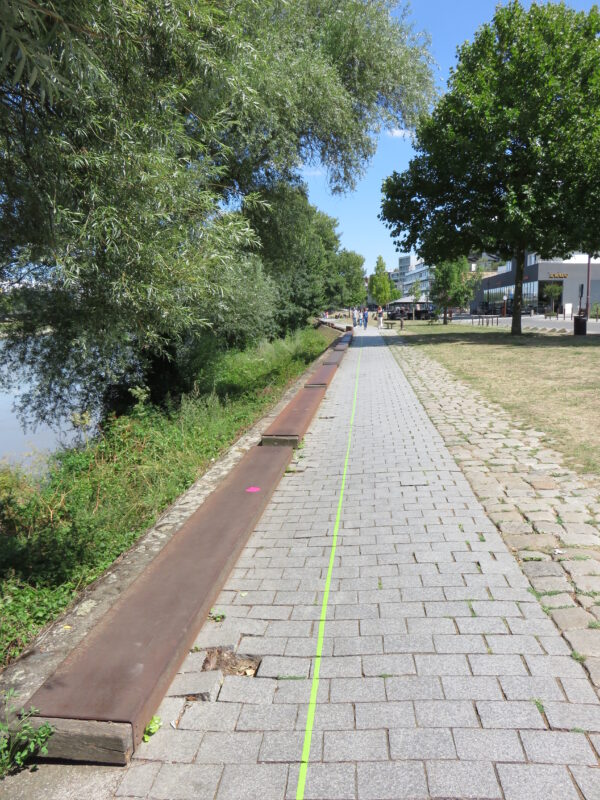
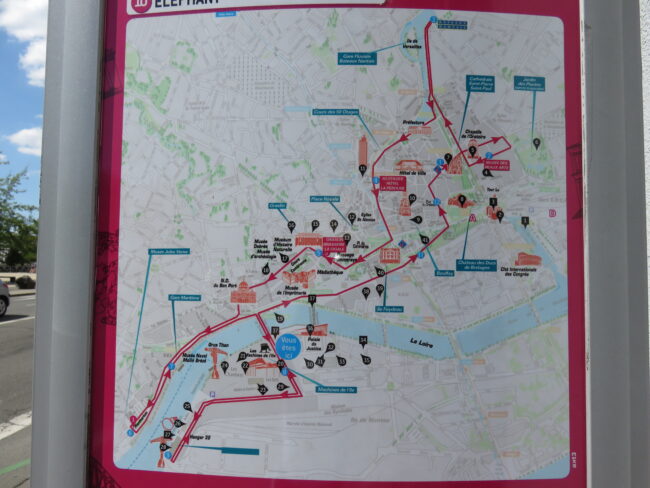
Nantes is a city in France in the Loire-Atlantique area with the Loire river running through it. It’s a relatively short train ride from Paris, so you can either visit Nantes on a day trip from Paris or vice versa. It has a number of interesting sights, and if you are reasonably fit, you can see the major attractions in one day, as it’s compact and flat, so easy to get around. The tourism board have cleverly created a tourist trail called the Green Line, which takes you past all of the main sites of Nantes. It’s 12 miles and designed to be enjoyed at a leisurely pace over two days, as some of the stops along the trail will take time to explore. As we only had one day, we started early and spent the whole day completing the walk and visiting as many of the attractions we could along the way. The walk is a loop, so you can start at any part of the loop nearest where your hotel is located. There are many points of interests including parks, sculpture, art, churches, important buildings. I am not going to provide an exhaustive list of all of the attractions, as there are over 40 (you can see the full list and map on Nantes’ official tourism website), but I have included my favourites, and will leave you to discover the rest of them on your visit.

It gets very hot in France during the summer, but the breeze from the Loire helped keep us cool enough for the long walk. We headed out from our hotel and past beautiful buildings such as Le Lieu Unique (Biscuit factory) and the monument, Mémorial Guerre de 1870, for the soldiers who fought in the Franco-German war of 1870.
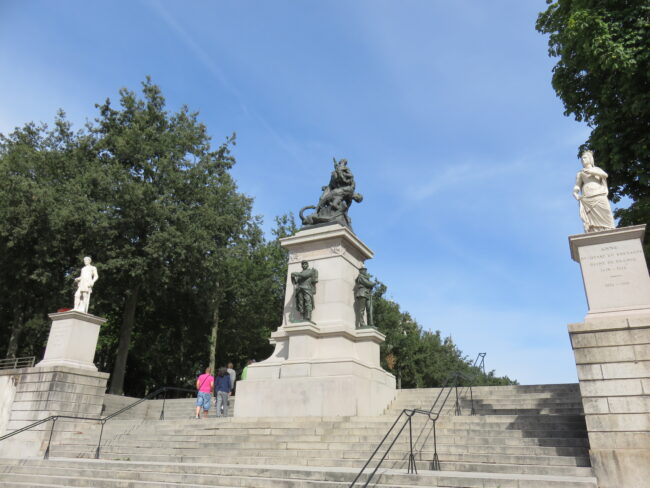
Our first stop was Jardin des plantes, a relaxing and beautiful gardens which features some really fun, playful art pieces that both adults and kids can enjoy. We enjoyed it so much that we stayed to explore for some time. There were so many attractions to see such as grottos, water features, sculptures and quirky art pieces such as park benches ranging in size from huge to tiny and sleeping creatures made of plants.
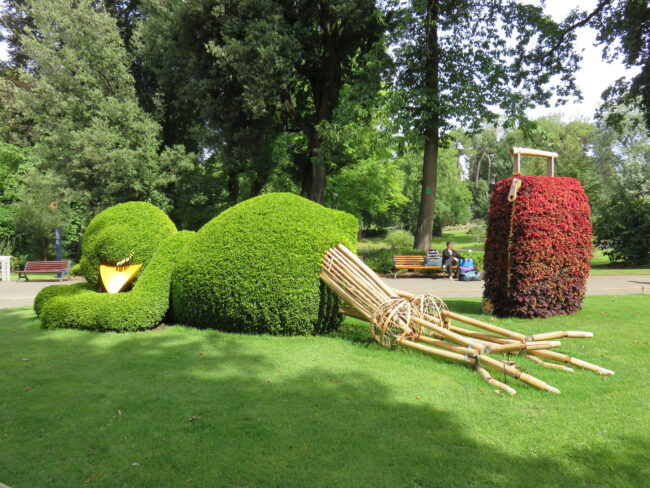
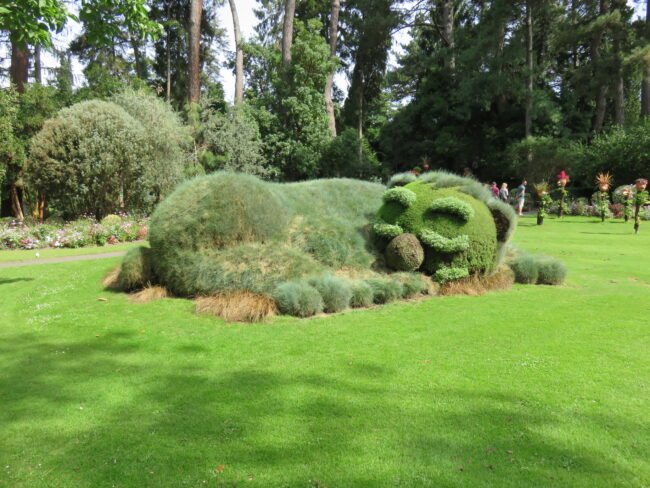
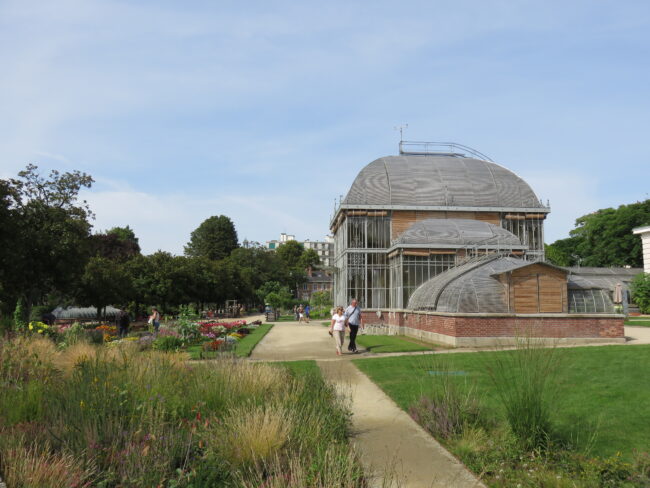
Nearby is the impressive Gothic churches, Cathédrale Saint-Pierre-et-Saint. During our visit an organist was playing and it created a really special atmosphere. Even if you are not so interested in Churches, this one is worth a visit, and it has some interesting historic buildings surrounding it including 15th century manor house La Psallette and the Porte Saint-Pierre, the best preserved remnant of the ramparts of the city of Nantes in France. We also visited was the Basilique Saint-Nicolas de Nante which was holding a wedding ceremony when we visited, so we didn’t go in.
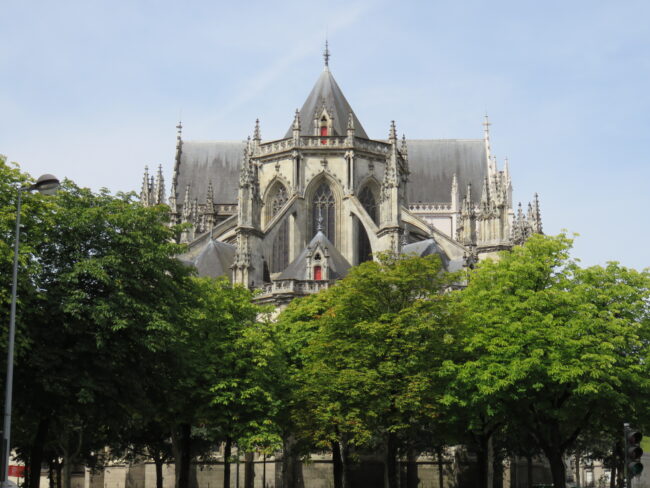
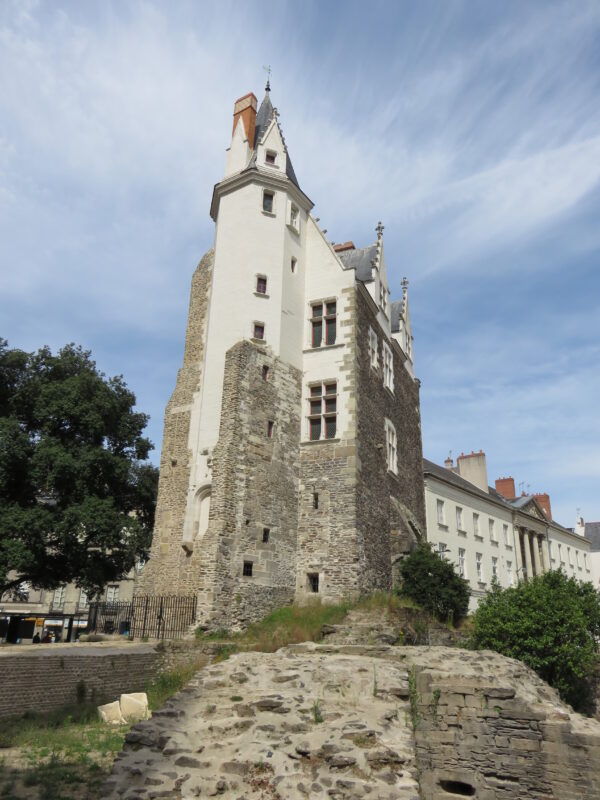
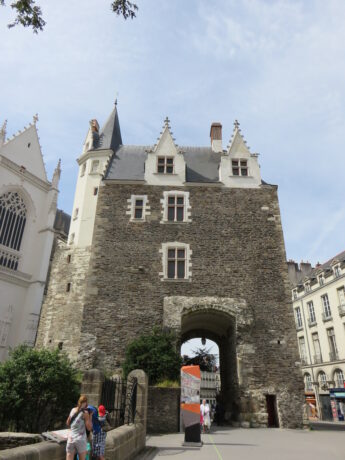
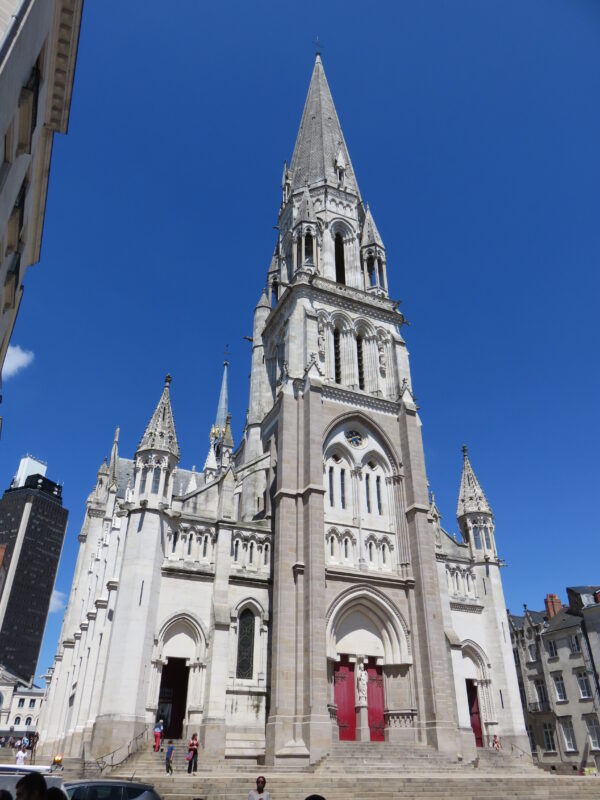
The Château des ducs de Bretagne, the Castle of the Dukes of Brittany, is the jewel of Nantes, located in the heart of the city. It’s the quintessential castle, surrounded by a moat, dramatic towers, and a fascinating history. It was built in the 15th century by François II, last Duke of Brittany, then by his daughter, Anne de Bretagne. She was Queen of France twice by marrying Charles VIII and then Louis XII. It is free to access the courtyard, ramparts and moat gardens, but you will need to pay a fee to visit the museum and exhibitions, which I thoroughly recommend as you will get the opportunity to learn more about the long and fascinating history of this beautiful castle.
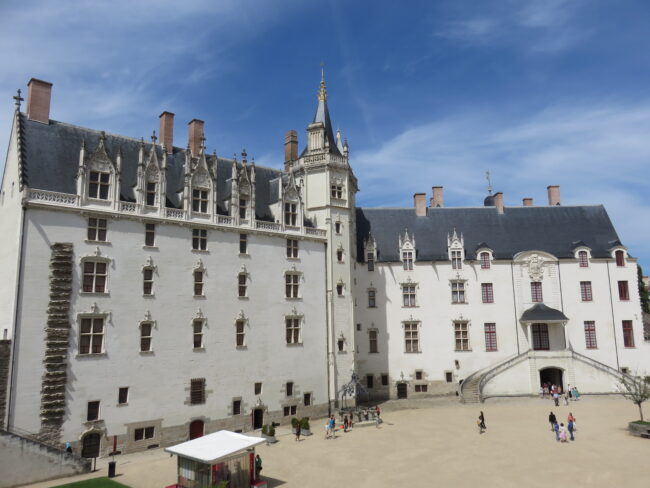
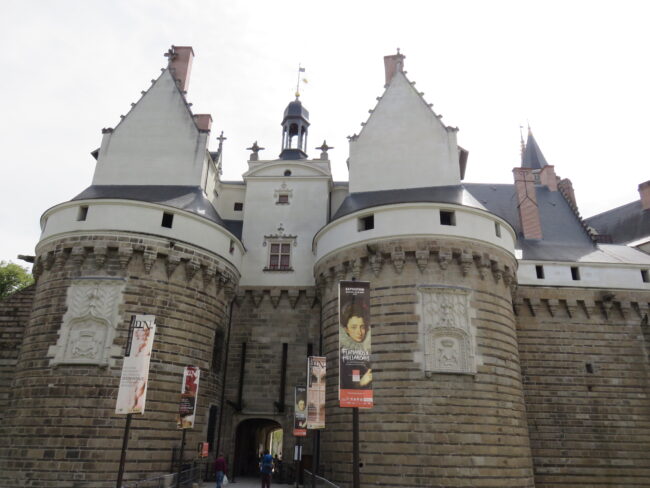
If you are interested in doing some shopping in a beautiful location, then visit the Passage Pommeraye, an 1840s shopping mall featuring Renaissance-inspired architecture and 2 levels of upscale boutiques. It’s a beautiful building worth visiting, even if you can’t afford to buy anything. Continue your stroll to Place Graslin a square surrounded by more wonderful architecture such as the Théâtre Graslin (performing arts theatre), and the Muséum d’Histoire Naturelle (National History Museum), both worth a visit if you have time. We grabbed some sweet treats at a nearby patisserie and sat in the promenade, cours Cambronne, admiring the historic mansions.



From here, we continued to follow the green line to along the river, where we came to the Mémorial de l’Abolition de l’Esclavage (Memorial to the Abolition of Slavery), a memorial to the abolition of slavery, which openly and honestly acknowledges the city’s role as France’s biggest slave-trading port. An estimated 500,000 Africans were ferried from Nantes to the Americas into slavery. There are over 1700 glass panes with the names of the ships and their port dates and featuring quotes about slavery.
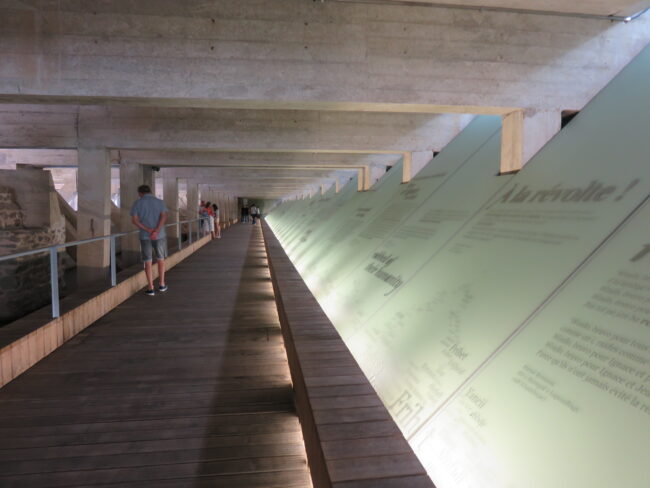
We crossed the river on the Pont Anne de Bretagne bridge to get to the popular tourist attraction of Nantes, Les Machines de l’Île. I I find it difficult to describe – it’s like a Steampunk amusement park that both adults and children will be amazed by. Hopefully my photos do a better job of sharing with you what a fun and magical place this is to visit. It clearly enlivened what would have been a neglected old shipyard whilst still referencing this industrial history. Inside the huge renovated warehouse is a gallery (€ ticket required) of mechanic beasts hanging from the rafters. There is a giant mechanical elephant that you can actually buy a ticket to ride on. All of the events and ticket prices are listed on their Les Machines de l’Île website.

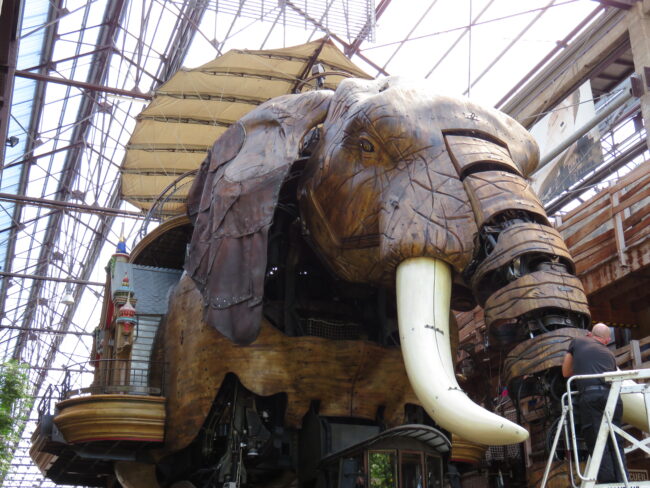
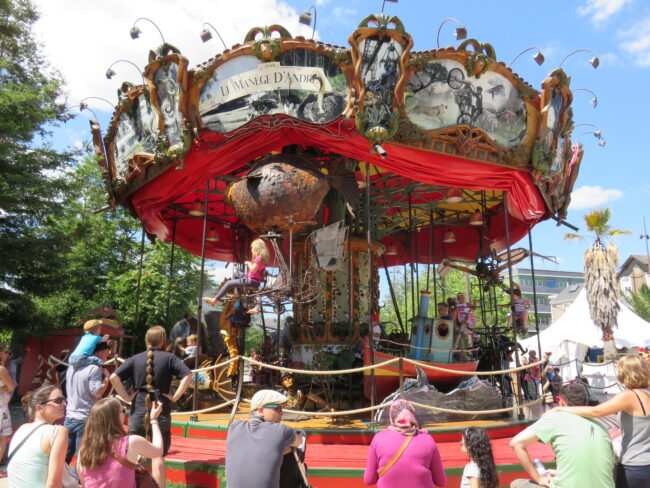
Practical Tips for Visiting Nantes
- How long should I visit Nantes for? This city is not particularly large and quite compact, so you could get away with just spending a day here, even on a day trip from Paris. However, I recommend two days to explore and really enjoy it at a more relaxed pace.
- Getting to and from Nantes airport into Nantes city centre:
- Airport shuttle bus: There is an airport shuttle bus that runs between Nantes city centre, the railway station and Nantes Atlantique airport. Check the bus schedule to plan your trip. Your ticket will also cover your connecting city bus, tram and train. The website also provides information on transport to other areas around Nantes. To save money, consider purchasing the city travel pass which includes free public transport.
- Getting around Nantes:
- Trams & buses: Public transport is available on the bus, tramway, and navibus. Routes and fares can be found on their website. If you purchase their sight seeing passes it will save you money on entry fees as well as providing you free public transport.
- Bikes: Nantes is nice and flat, so easy to cycle around. You can cover more ground by making use of the city bike hire scheme. Alternatively, there are plenty of other bike hire companies to choose from. Here are some bike routes to consider in and around Nantes.
- Tourist Information Centres in Nantes:
- Centre city: 9 Rue des États, 44000 Nantes, France – you can collect a map of the green line at the tourist office.
- Their website provides helpful information as well as an online map of the green line.
- If you are planning on visiting a number of the sites, they do offer sight seeing passes which will save you money on entry fees as well as providing you free public transport on the bus, tramway, navibus, and airport shuttle.
- Eating and drinking out in France: Due to the different licensing in France, some café’s and restaurants are only licensed to sell alcohol with food, so in order to drink you must also order food. Bars have a different license that allows them to sell drinks without food. From my experience, establishments do try to make this clear to tourists, but it does end up causing confusion for some.
- Language: French. Although a lot of English speaking tourists visit Toulouse, we found quite a lot of people did not speak English, so do try to have your French translation app at hand. Here are a few French words to get you started:
- Yes = oui (wee)
- No = non (no)
- Please = sil vous plait (seal voo play)
- Thank you = merci (mare-see)
- Hello = bonjour (boh(n)-zhoor)
- Good evening = bonsoir (boh(n) swarh)
- Currency: Euro
- Tipping: The service charge is included in the bill, so there is no need to tip.
- Electricity: The electrical current is 220-240 volts, 50-60 Hz. Wall outlets take the European two round prong plugs. However, you are better off purchasing a worldwide adaptor that can be used in France as well other countries. At least then you can potentially get some further use out of it on future vacations. If you’re taking a number of electronics with you, then I would recommend purchasing a couple of these adaptors.
- Navigating: We used Google’s free Offline Maps. Google Offline Maps allows you to access free maps for navigating that can be used offline i.e. you don’t need WIFI, data, or roaming to be able to use them. Follow this detailed guide on how to use Googles Offline Maps. Using your phone as a GPS will drain your battery quickly, so use a portable battery charger which you can use to charge your phone and any other USB chargeable devices.

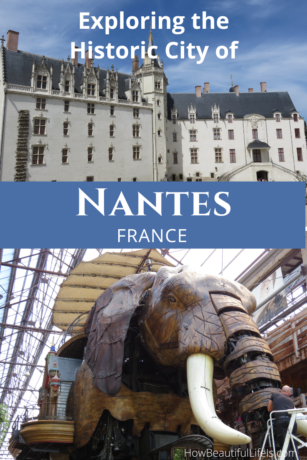
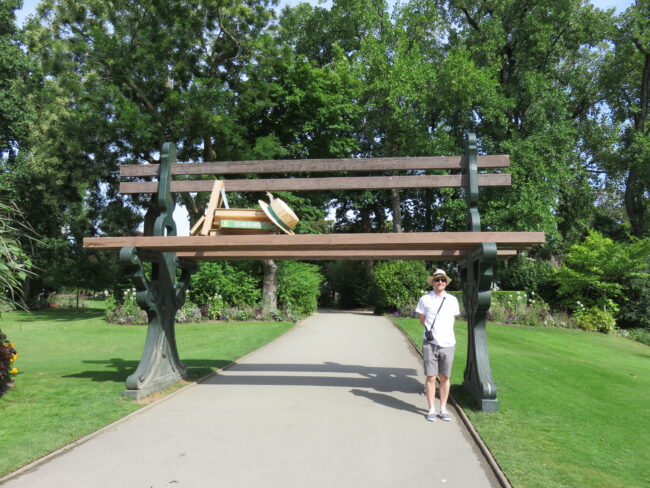

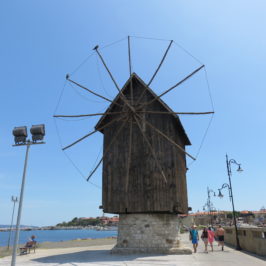
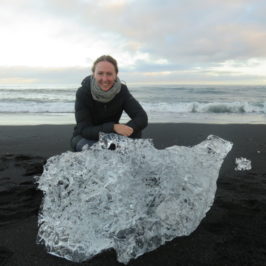

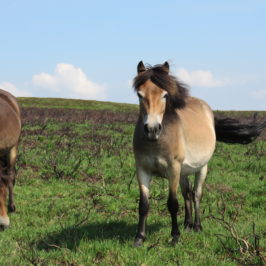

Leave a Reply